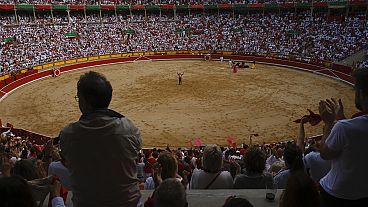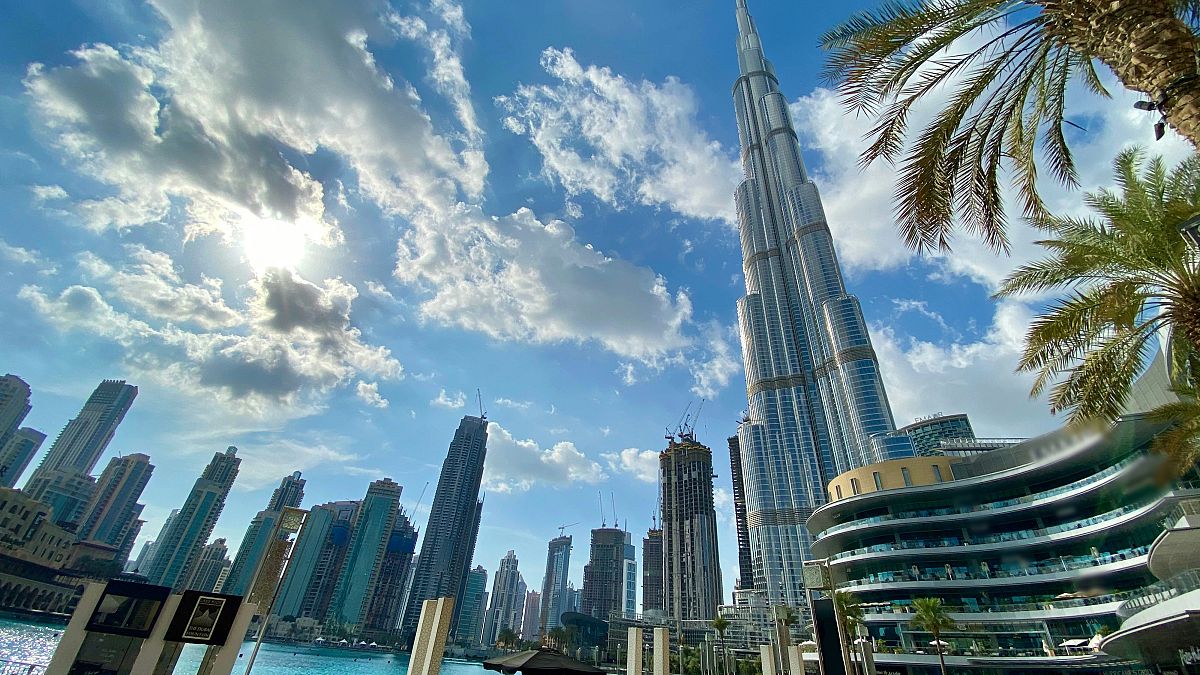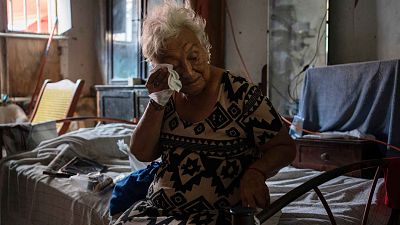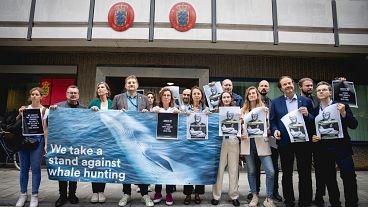This perilously high figure is due to the combination of intense air temperature and high humidity generating a heat index far hotter than the recorded air temperature.
Kuwait logged the third-highest temperature in the world in June, with 49.3C recorded at the International Airport. Last week, it crept up again to 51C, close to the country’s record 54C.
Dubai has also been hit by a brutal heatwave. Although the mercury is ‘only’ reaching 43 degrees Celsius, the ‘feels like’ temperature is pushing 62C, according to US-based weather services.
This perilously high figure is due to the combination of intense air temperature and high humidity generating a heat index far hotter than the recorded air temperature.
The two countries are struggling to cope with the scorching heat and temperatures are nearing the limit above which going outside would be life-threatening.
Dubai temperatures near life-threatening levels
On 17 July, Dubai’s ‘feel like’ temperature rose to a brutal 62C.
This figure is nearing the estimated limit of human heat tolerance. Climatic conditions where high heat and humidity occur at the same time are particularly deadly.
The so-called wet-bulb temperature takes into account both heat and humidity and a reading of 35C or over is considered fatal for humans if exposed for over six hours.
When humidity hits 100 per cent, sweat stops evaporating meaning the body cannot cool itself down. If a person is exposed to these conditions for an extended period, it can be lethal.
Weather services in Dubai are warning that temperatures are nearing the wet-bulb limit after which going outside becomes life-threatening.
Dubai is prone to these dangerous conditions partly due to its geographical position close to the Tropic of Cancer - making high temperatures inevitable - and its proximity to the Persian Gulf, which brings elevated humidity.
However, another significant factor is the urban heat island effect - Dubai’s city surfaces absorb and retain heat causing urban areas to be warmer than surrounding rural zones.
How are Dubai and Kuwait dealing with deadly temperatures?
Authorities in Dubai have issued warnings and advised residents and tourists to take precautionary measures to avoid heat-related illnesses.
People are urged to stay indoors in air-conditioned spaces during the hottest hours of the day and avoid doing outdoor activities. Staying hydrated is also key.
Concerns remain, however, over the safety of outdoor workers.
In Kuwait, the government has issued similar advice telling citizens to avoid direct sunlight and be mindful of the dangers of heatstroke and heat exhaustion.
During previous heatwaves, authorities suspended daytime operations on construction sites and other outdoor workplaces.
What is the environmental impact of heatwaves?
The sweltering temperatures also have a knock on environmental impact as energy consumption soars.
Power usage in Dubai hit a record megawatts per hour as people cranked up air conditioning to cope with the higher temperatures.
In Kuwait, the increased use of electricity from air conditioning has caused blackouts. Authorities are urging citizens to conserve electricity when possible to avoid overloading power grids.
In both Dubai and Kuwait, the intense heat is predicted to persist for the next couple of days.















